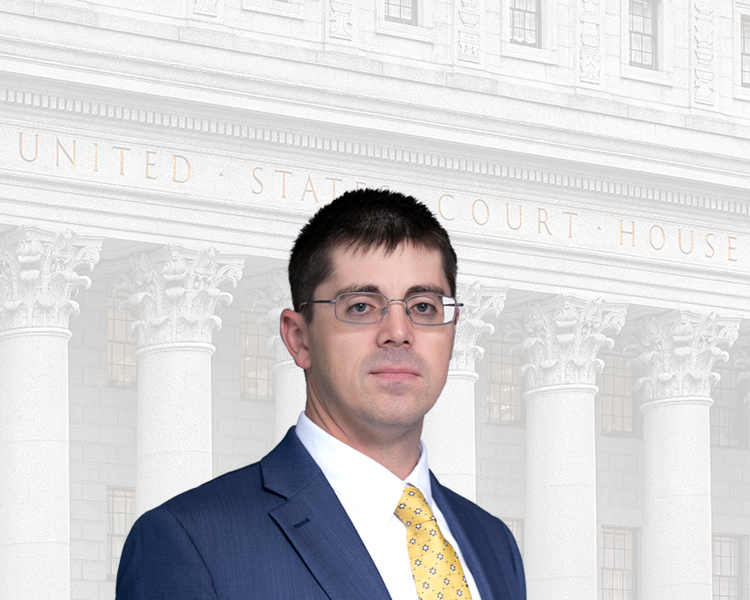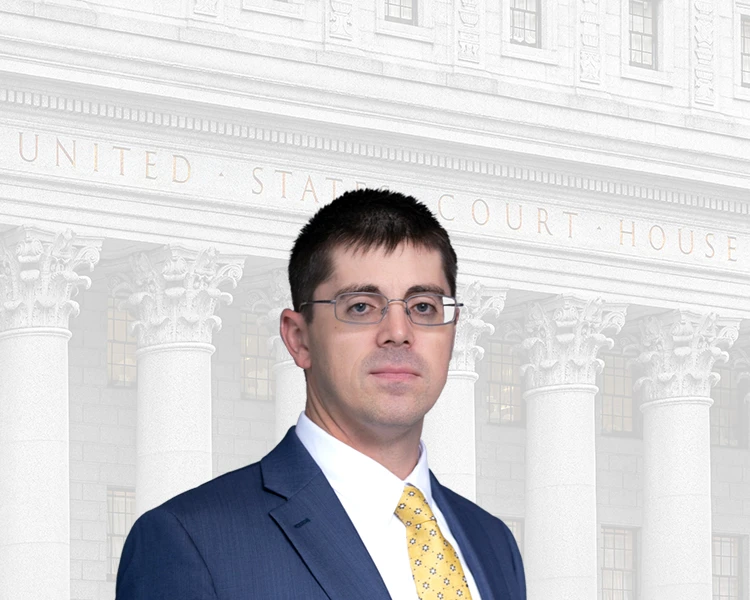- Free Consultation: (734) 883-9584 Tap Here to Call Us
Michigan State Police Statistics for Drugs in Drugged Driving Arrests
What are the drugs most found in drugged drivers? Below is a list by percentage of the top drugs found in people’s systems who were arrested for operating while intoxicated. This is for the year 2012.
However, there are a few reasons why these percentages might not accurately reflect the actual drugs found in people’s systems.
First, the Michigan State Police will generally not search for drugs if they analyze the blood and obtain a positive reading for alcohol. For example, if the blood draw reveals a .20 blood alcohol content, the blood will not be analyzed further for drugs. This means there may be many drivers out there who had alcohol and drugs in their system but we wouldn’t know because we only know their alcohol BAC. Second, the MSP police does not analyze the blood of drivers arrested for OWI for every known drug. The MSP only searches for the top tier drugs, unless specifically searching otherwise. This leaves the possibility that drivers may have other drugs in their system that went undetected. Nevertheless, below is a list of drugs by percentage found in people’s systems.
- THC – 57%. Marijuana is the most used drug, so no surprise there. In many cases like with alcohol, the MSP might search for marijuana, and if finding marijuana, might stop after obtaining a positive reading.
- Alprazolam – 16%. Xanax. Popular prescription benzodiazepine used for treating anxiety.
- Hydrocodone – 11%. Opiate painkiller, found in Vicodin and Norco.
- Morphine – 8%. Basic opiate painkiller.
- Soma – 7%. A muscle relaxant. A schedule IX substance.
- Cocaine – 6%. White lady.
- Diazepam – 6%. Known as Valium.
- Diphenhydramine – 4%. An antihistamine sold as Benadryl and other brand names. Not a controlled substance. However, under Michigan law, a person could legally be convicted of operating while intoxicated for a non-scheduled drug if they are under the influence of that drug.
- Methadone – 3%. An opioid used in therapy for opioid addiction.
- Amphetamine – 3%. A stimulant, used to treat ADD. Brand names such as Adderall.
- Citalopram – 3%. An anti-depressant drug. Also known as Celexa.
- Oxycodone – 2%. Oxycontin. A popular opiate drug.
- Tramadol – 2%. An opiate painkiller.
- Clonazepam – 2%. Klonopin. A benzodiazepine used to treat seizures and anxiety.
- Zolpidem – 2%. Ambien. Sedative used to treat insomnia.
- Trazadone – 2%. An antidepressant.
- Methamphetamine – 1%. A schedule II substance – a stimulant.
- Cyclobenzaprine – 1%. A muscle relaxant.
- Fluoxetine – 1%. Prozac. An anti-depressant.
- Butalbital – 1%. A barbiturate.
- Sertraline – 1%. Zoloft. An anti-depressant.
- Phenobarbital – <1%. A barbiturate.
- Venlafaxine – <1%. Used to treat depression.
- MDMA – <1%. Ecstasy. Psychoactive amphetamine-like drug.
- Fentanyl – <1%. Opiate.
- Bath Salts – <1%. Amphetamine-like drugs.
These are the drugs most found as of 2012. Drug trends change, however.
One day, marijuana might be legal in Michigan, and then the numbers for marijuana might go up. Or one day there may be a surge in opioid use, and the fentanyl and morphine drugs might be surge.
In the future, police may start to focus more on drugged driving and drunk driving (still all operating while intoxicated / visibly impaired). Police might be trained to seek out drivers under the influence of different drugs. If this happens we might see an increase in arrests of drugged drivers.
Operating While Intoxicated Law
The OWI laws are always changing. The laws will always be more harsh toward the driver. This is because of pressure from groups such as Mothers Against Drunk Driving and Students Against Drunk Driving. It might seem unfair to be harsher toward drivers, especially if the driver was under the influence of the sedative, barbiturate, or anti-anxiety medication prescribed to them for valid reasons by their doctor. Also, it seems, based on these statistics, that the MSP is analyzing the blood for drugs such as anti-depressants and muscle relaxants. It would seem very unfair to cite someone for OWI for driving under the influence of a non-scheduled non-abused anti-depressant medication prescribed for valid reasons. It must happen, though.
ArborYpsi Law is here to protect you from these increasingly harsher laws. We stay on top of all the trends and the science. If you have been charged with driving under the influence of any drug don’t hesitate to call and speak with us. We can sit down for a free initial consultation and discuss your options.
Call ArborYpsi Law
Call Sam Bernstein at 734-883-9584 or e-mail at bernstein@arborypsilaw.com.
Sam Bernstein is a DUI Lawyer in Ann Arbor and Ypsilanti.
ArborYpsi Law is located at 2750 Carpenter Rd #2, Ann Arbor, MI 48108.
Read More
- Michigan Fentanyl Law
- Michigan Ketamine Law
- Collection of Inhalant Law Articles
- Can You Be Convicted of a DUI if You’re Under .08?











